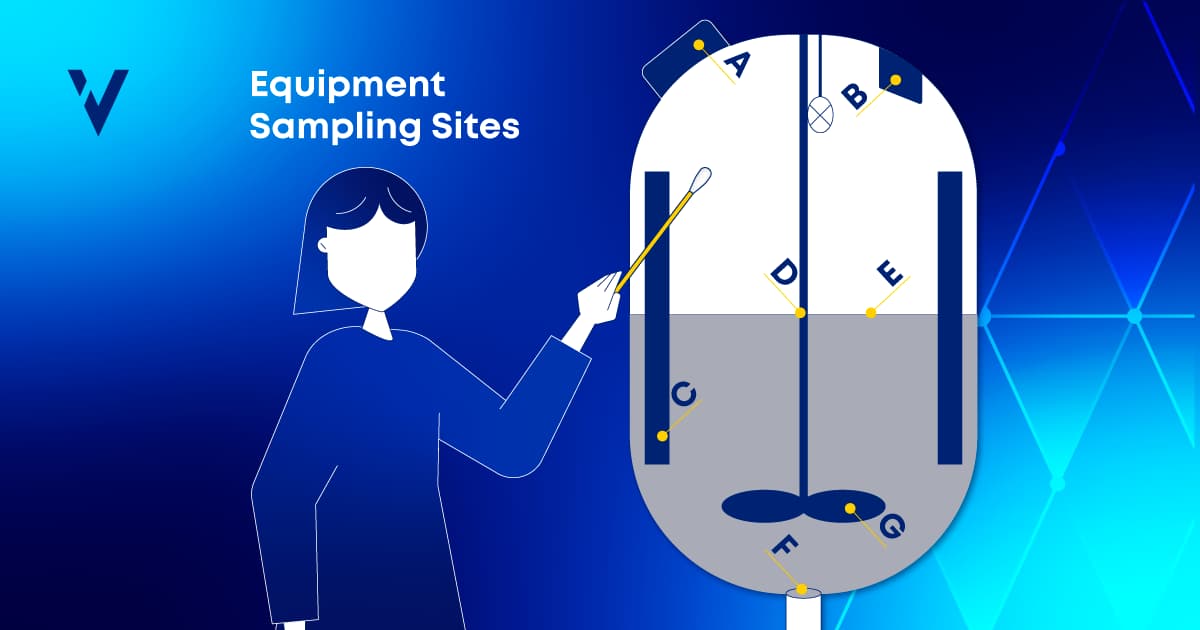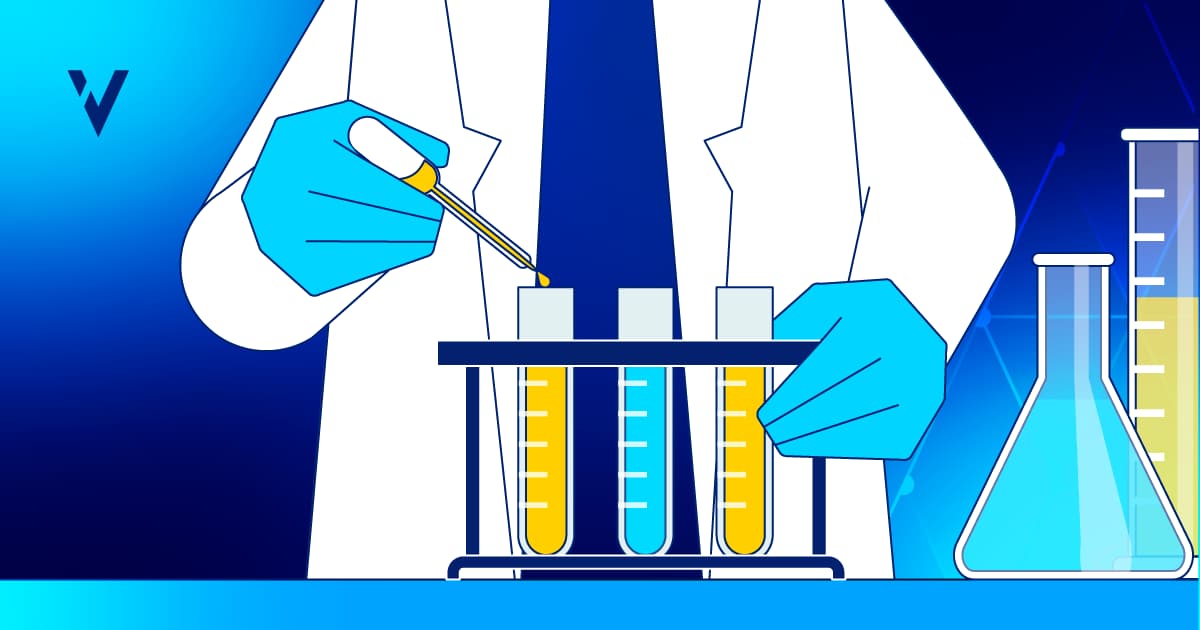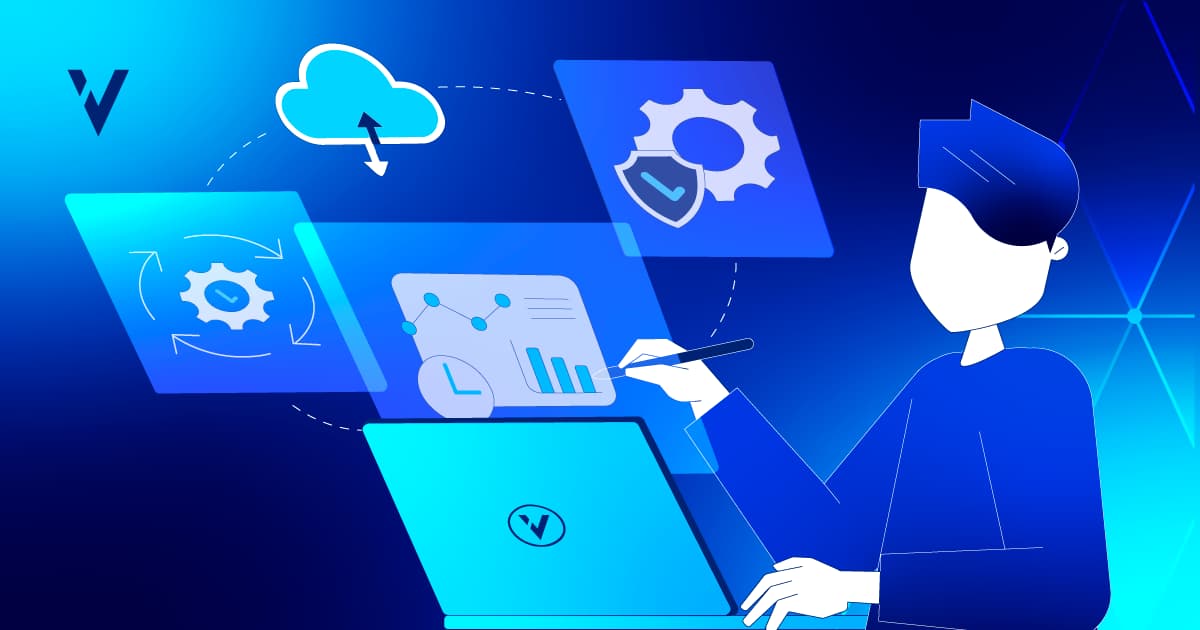To hone quality and improve compliance and validation practices, one must stay current with best strategies to meet and exceed the needs of the constantly evolving regulatory landscape — now more so than ever in a pandemic world. It is natural for organizational leaders to lean on employee education and training as a primary means to this end. Without a doubt, education and training are necessary to optimize the implementation of current good manufacturing practices (cGMP) and pharmaceutical quality management systems (pQMS) — but they are not sufficient on their own. We must propel educational learning into experiential learning to unlock true employee potential and our desired business outcomes. In doing so, we create a clear path for expanding employee knowledge, improving overall output quality, and establishing a company culture that employees are proud to be part of.
Let’s take a closer look at the crucial impact that quality culture has on individuals, organizations, and processes.
Why Does Quality Culture Matter?
Culture. Quality. Assurance. Validation. These are just some of the many potentially abstract words in our industrial lexicon. The meaning we take away from them evolves with our levels of development and maturity. Education and training are necessary to achieve that development and maturity, but they are not sufficient without the added element of experience.
When we look at the term “experiential learning,” it is worth noting that “to experience” is synonymous with “to feel” and is therefore considered quite subjective. However, terms like “quality” and “assurance” are also subjective outside of strict contextual parameters, so let’s consider “experiential learning” in terms of the specific goal of measurable quality and efficiency improvements.
Learning through experience is essential to true comprehension and individual employee comfort and ease with the lessons and tasks at hand, yet learning itself is highly variable. An individual’s knowledge and capability naturally develop at different rates than those of others around them. Some people may feel inwardly or seem outwardly “stuck” or stymied in their growth in certain areas. One reason for this may be a lack of experiential learning, even if other more traditional educational opportunities are present. In other words, experiential learning can be the key to unlocking new knowledge and skill and the essential confidence and ease that builds over time alongside familiarity with the process.
Quality culture exists in a space with a network of enablers of good practices. There are interactions and interrelationships within this network between good-practice enablers and others learning to be good-practice enablers. A network is a prime example of how experiential learning can work within an organization: people learn by doing, learn on the job by following another’s example, and eventually hone their skills, knowledge, and comprehension through mentorship.
Within this functional framework, both novice and seasoned employees working to optimize good practices have experiential opportunities for growing their intrapersonal awareness and personal empowerment. When implemented formally as part of an enterprise-wide learning system, companies make it normal, easy, and rewarding to learn from experience.
This seedbed of acceptance, integration, and ongoing opportunities for growth is foundational to quality culture. Learning from experience — our own and that of others — improves both suitability and capability, up-leveling an organization’s ability to not only meet but exceed quality standards.
How Can You Improve Quality Culture Within Your Company?
Nothing is perfect. Errors can and do occur, but when we see repeated errors and the root cause is unknown, we must address a quality breakdown horizontally and vertically — across the organizational hierarchy. How? Get grounded in quality culture.
Without an optimally functioning quality culture, we risk falling prey to the temptation to “file first and figure it out later,” resulting in consequences at multiple levels in various systems. Instead, we can optimize the path to approval by optimizing our internal processes, which should always be rooted in the scientific method.
Efforts to educate and train team members need to be complemented with targeted experiential learning opportunities to overcome quality challenges — and we must change how we feel, think, and act synchronously to ease the path to experiential learning. Simplify interactions and interrelationships between management systems and practitioners to make it normal, easy, and rewarding to be good. Facilitation and natural engagement with experiential learning are at the core of establishing an optimally functioning quality culture.
In companies with a high risk of BAD-I (breaches in the assurance of integrity), for example, technological updates such as transitioning to paperless validation can offer an opportunity to reset the current management system and introduce more efficient and reliable solutions to mitigate risk. Starting with software qualification and a life-cycle approach to pharmaceutical process validation with continued process verification (CPV) allows improvement and redefining monitoring and reporting responsibility across organizational hierarchy, from senior management to operational users. Efficiency upgrades such as this are a perfect opportunity for improving quality culture continually by paying attention to experiential learning in the interactions across the full spectrum of affected team members.
When in doubt, simplify the path to quality improvement. Build quality culture through verifying assumptions and prior knowledge. Then, when necessary, invest in new knowledge and maturing professionals and systems to prevent reverting to outdated, one-size-fits-all, cut/paste approaches to decisions. In doing so, we can ease the path to good practices through team-wide experiential learning opportunities.
What Impact Does Quality Culture Have on the Future of Your Business?
To give others assurance with integrity, one must first be internally validated — be self-assured with evidence. Through experiential learning, each team member proves their suitability and capability in self-authorship to take on increasing responsibilities. Building a quality culture is the process of continuous professional development. Learning through ongoing, interactive cross-training and mentorship opportunities is essential to company-wide, continual, systematic quality improvement.
A measure of quality culture and maturity can be observed when all employees expand their awareness and empowerment to continue their development and maturity. Making this process normal, easy, and rewarding creates experiential learning opportunities. It invites team members to engage seamlessly from their current levels of capability and suitability and grow from there. The result is internal validation, self-authorship of procedures and plans, and self-assuredness in responsibilities.
Knowledge and risk management remain key enablers of pQMS and cGMP, and an emphasis on quality culture enables seamless uncertainty and expectation management. So, how should we best prioritize these essential guideposts? Continually improving quality culture is the key. Taking quality culture from theory to practice propels us to more successful commercial operations through improved experiential knowledge, mitigating risk, and enhancing our vigilance with commitment. When we remove perceived barriers to entry through “learning by doing,” we help remove fear, expand awareness, and encourage personal mastery. We prime our teams for exceptional quality outcomes.



